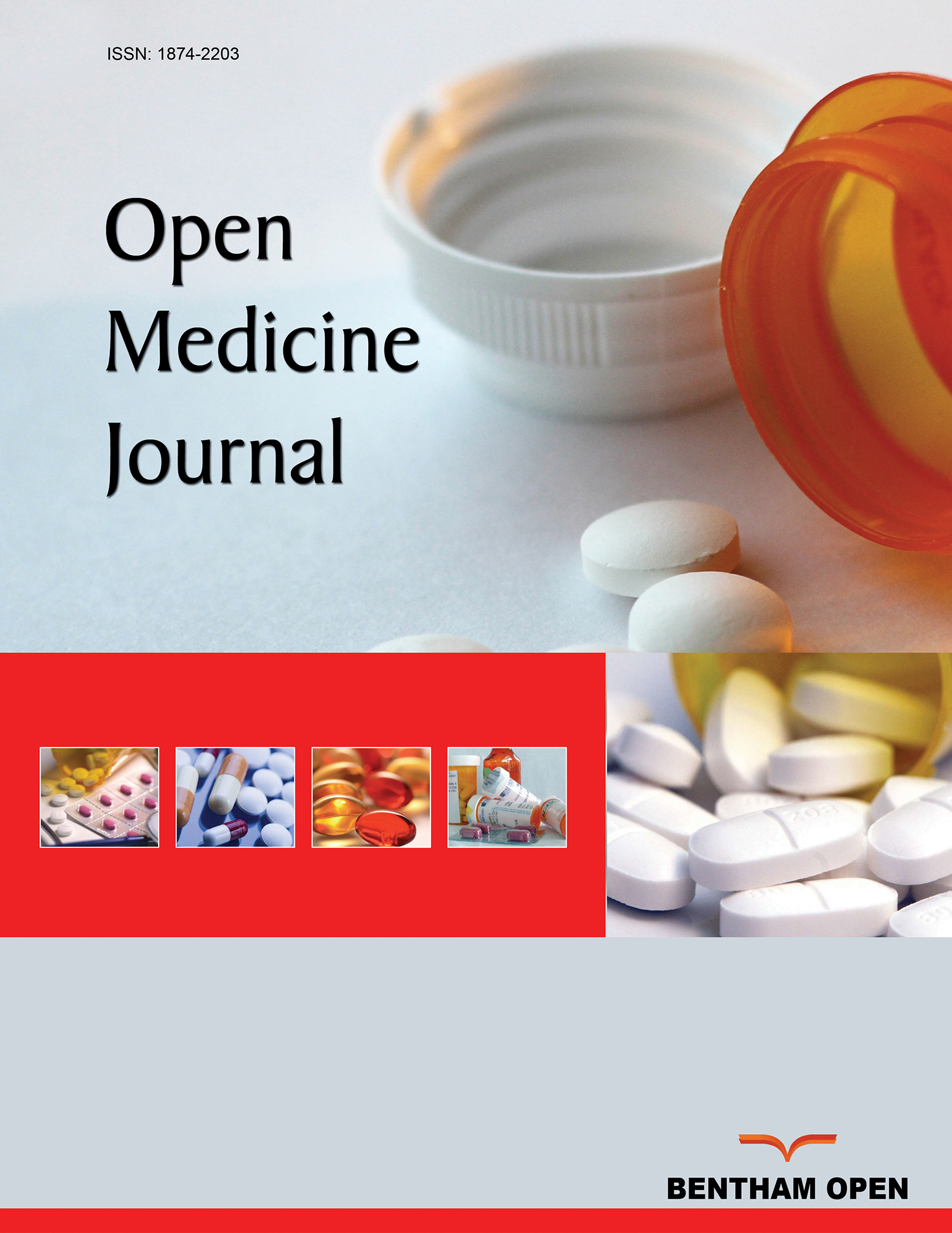All published articles of this journal are available on ScienceDirect.
Comparing the Effectiveness and Safety of Anterior Cervical Discectomy and Fusion with Four Different Fixation Systems: A Systematic Review and Network Meta-analysis
Abstract
Background:
Anterior cervical discectomy and fusion (ACDF) is the classic procedure for the treatment of degenerative cervical myelopathy (DCM). Cage with plate (CP), polyetheretherketone cage alone (PCA), ROI-C and Zero-P are the most widely used fixation systems in ACDF. However, there is insufficient evidence to determine the optimal system for ACDF.
Purpose:
A comprehensive analysis to show which of the CP, PCA, ROI-C and Zero-P after ACDF has the best clinical efficacy and the most reliable safety.
Methods:
We searched the Embase, Pubmed, and Cochrane library up to the date of February 13th, 2021. Studies included relevant randomized controlled trials (RCTs) and cohort studies with a comparison of different fixation systems among CP, PCA, ROI-C and Zero-P were identified.
Results:
We screened 43 trials eligible, including 3045 patients. No significant differences were found in the NDI score. PCA has shown a significantly less recovery of cervical lordosis than CP and Zero-P. For the non-fusion rate, PCA was significantly higher than CP. PCA had a significantly higher subsidence rate than CP and Zero-P, and ROI-C was also significantly higher than CP. For the incidence of complications, CP was significantly higher than the others. The surface under the cumulative ranking curves (SUCRA) for NDI score improvement was: SSC, PCA, and CP. ROI-C, Zero-P, PCA, and CP; for cervical lordosis recovery: CP, Zero-P, ROI-C, and PCA; for non-fusion rate: PCA, Zero-P, ROI-C, and CP; for subsidence rate: PCA, ROI-C, Zero-P, and CP; for complications: CP, PCA, ROI-C, and Zero-P.
Conclusion:
Despite the third-ranking spectrums of fusion rate, Zero-P still could be recommended for its second-ranking spectrums of the NDI score improvement efficacy, cervical lordosis recovery, and reduction of subsidence rate, with the least ranking of complications.
Registration:
The number of PROSPERO is CRD42021230735 (www.crd.york.ac.uk/PROSPERO).


